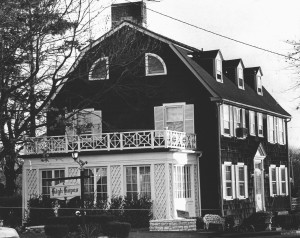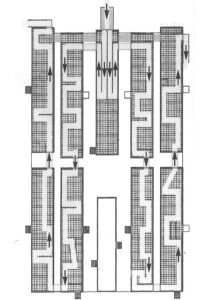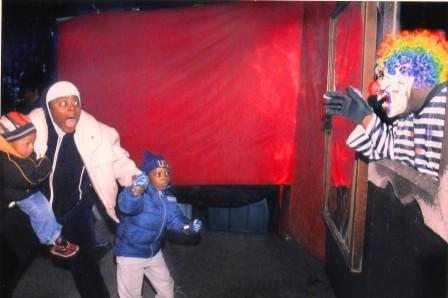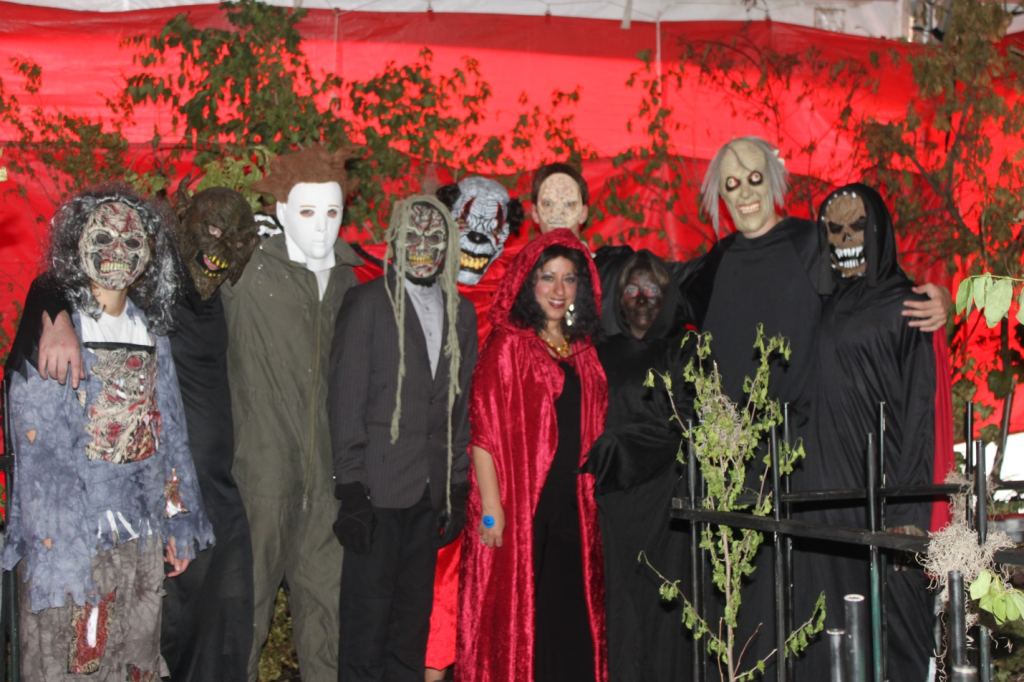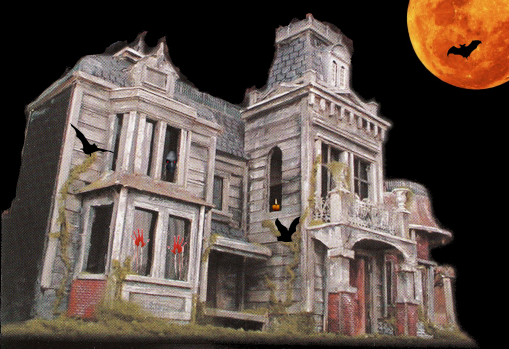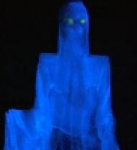Did you know that back in the mid 2000s, our company was approached by a man who, according to the story, lived in the most infamous and most haunted of all houses…
The Amityville Horror!
The man’s name was Mr. George Lee Lutz and Mr. Lutz wanted us to consult, design, build, manage and operate the world’s first haunted attraction with the name The Amityville Horror. Once the attraction was well established, Mr. Lutz wanted to expand it from an attraction to a theme park.
Around 2004 and 2005, Mr. Lutz got the idea of getting into the Halloween haunted attraction business. He attempted to learn all he could about the haunted industry by contacting the owners of this website. Mr. Lutz wanted to create the largest haunted attraction in Las Vegas and theme and brand the attraction as the “Amityville Horror 20 Years Later”. His haunt would be made out of ten trailers, making it massive, and would stand two stories high. He had a story of fiction already written up by the time he came to us: the story was about Amityville that takes place 20 years after the original 1976 occurrence. While we were in the process of designing his attraction, Mr. Lutz was attempting to sell the professionally written script to Sony Pictures in Hollywood and create a new movie.
The plan was to shot the movie in Canada and once the film was completed, then move the
older looking Amityville Horror house facade to Las Vegas; there, it would be placed in front of the haunted attraction. It took six months to finally render the first rough draft of this future haunt. The attraction was to have 8 1/2 trailers for the main attraction, half a trailer for the onsite office/operation center and one trailer for the actors and staff to change clothing and take breaks. Scenes inside the attraction were to be designed around a story plot of the movie; the rough draft was modeled after other attractions that have been around successfully for years.
By this time, Mr. Lutz had purchased all copy rights to The Amityville Horror, except for the last 28 days that the original book was published in. This meant that there would not be another like it in the world! Sadly, Mr. Lutz passed away in 2006 and his attraction and movie was never completed.
Rest in Peace Lee and thank you for giving us the opportunity to work on your dream!

